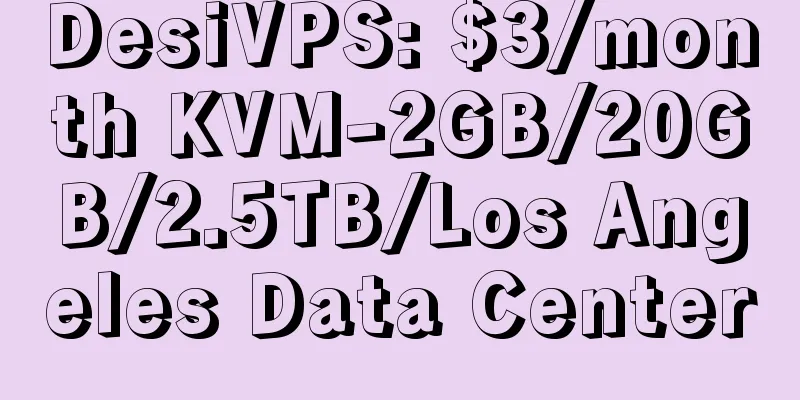How much do you know about Zigbee wireless connection?

|
Zigbee has a wide range of applications and can operate in three frequency bands: 2.4 GHz, 868 MHz, and 915 MHz. It has transmission rates of up to 250 kbit/s, 20 kbit/s, and 40 kbit/s, respectively. It can be used within a transmission distance range of 10-75 m, but this can be increased. Since Zigbee has a low transmission rate, a transmission power of only 1mW, and uses a sleep mode with low power consumption, Zigbee devices are very energy-efficient. It is estimated that a Zigbee device can last for 6 months to 2 years with only two AA batteries, which is far beyond the reach of other wireless devices. The initial cost of a Zigbee module is around $6, and it is estimated that it will soon drop to $1.5-2.5, and the Zigbee protocol is free of patent fees. Low cost is also a key factor for Zigbee.
The size of the Zigbee protocol is generally 4-32KB, while Bluetooth and Wi-Fi are generally over 100KB. The communication delay and the delay from sleep state activation are very short, with a typical search device delay of 30ms, a sleep activation delay of 15ms, and an active device channel access delay of 15ms. Therefore, Zigbee technology is suitable for wireless control applications with strict latency requirements. A star-shaped Zigbee network can accommodate up to 254 slave devices and one master device. A maximum of 100 Zigbee networks can exist in one area at the same time, and the network composition is flexible. And there can be up to 65,000 nodes connected in one network. Zigbee can automatically establish the network it wants. A collision avoidance strategy is adopted, and dedicated time slots are reserved for communication services that require fixed bandwidth, avoiding competition and conflicts in sending data. The MAC layer adopts a fully confirmed data transmission mode, and each data packet sent must wait for the receiver's confirmation information. If there is a problem during the transmission process, it can be retransmitted. A data packet integrity check function based on cyclic redundancy check (CRC) is provided, authentication and certification are supported, and the AES-128 encryption algorithm is adopted. Each application can flexibly determine its security attributes. |
<<: In the "5G era", a large number of "unicorn" companies will emerge to seize the opportunity
>>: How to ensure the reliability and number of nodes in CAN network communication
Recommend
Mainstream IoT wireless technologies are here!
This article covers: Bluetooth, WiFi, BLE, Zigbee...
The global 5G base station market will reach US$236.98 billion in 2026
According to the new research report "Applic...
Why can TFO reduce TCP to 0 handshakes?
1. Overview In the previous article, why TCP need...
AkkoCloud: San Jose/Germany/UK CN2 GIA, starting at 299 yuan per year, 300-600M bandwidth
AkkoCloud is a Chinese VPS hosting company founde...
Quality, innovation and excellence, Ruijie Networks releases new products for general education in smart classrooms
On April 20, Ruijie Networks held an online launc...
5G is coming, but how fast?
Wireless networking is truly part of the culture ...
DogYun launches Chongqing independent server with monthly payment starting from 200 yuan, E5-2630v4/64GB memory/800G SSD hard drive
DogYun has been mainly providing independent serv...
What exactly is a socket? Do you want to know?
I believe that everyone was like me when they fir...
Don’t let “soft power” hinder development in the 5G era
The arrival of 5G not only makes the Internet of ...
Comparison and conversion between IF sampling and IQ sampling
RF receiving systems usually use digital signal p...
Yecao Cloud: Hong Kong VPS special price starting from 89 yuan per year, Hong Kong dedicated server starting from 199 yuan per month
Yecaoyun is carrying out a purchasing season prom...
Break through with operation and maintenance tools! See how the operation and maintenance department of China Merchants Bank gets along well with development and business
[51CTO.com original article] When traditional ban...
[Black Friday] GreenCloudVPS: Multi-room 3G memory KVM only $28/year, 1TB large plate chicken starts at $52 for two years
GreenCloudVPS's Black Friday event has begun....
5G development has entered a critical period, and the following major applications are worth paying attention to in 2021
Since its official commercial launch in 2019, aft...
How edge computing and fog computing change the way IoT is used
It’s hard to keep up with the latest trends and e...









